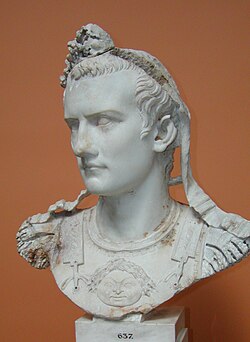 |
| An Egyptian Soldier guarding the Cairo Museum |
The situation at the Egyptian National Museum in Cairo seems to have stabilized, with soldiers arresting fifty men who have attempted to break in to the museum Monday. Yesterday Zahi Hawass faxed a report, which was posted on his blog.
Now reports are emerging about damage and thefts at sites elsewhere in the country. Much of it, I am sorry to say, is disheartening. These reports are very early, and should be taken with a healthy dash of skepticism. Yet we all know that there are places where many of these objects will be bought and sold. The antiquities trade does not distinguish the licit from the illicit. Vast storehouses and sites are at risk. The United States will soon have to consider emergency import restrictions, and monitor the trade as best we can. Yet one can't help but feel frustrated at the destruction which may be taking place.
The Egyptian newsblog Bikyamasr is reporting widespread looting of museums and antiquities thefts all over the country:
According to antiquities official Mohamed Megahed, “immense damages to Abusir and Saqqara” were reported. Looters allegedly have gone into tombs that had been sealed and destroyed much of the tombs and took artifacts.
“Only the Imhotep Museum and adjacent central areas were protected by the military. In Abusir, all tombs were opened; large gangs digging day and night,” he said.
According to Megahed, storage facilities in South Saqqara, just south of Cairo has also been looted. He did mention it was hard to ascertain what, and how much, was taken.
He said Supreme Council of Antiquities (SCA) officials “are only today [Sunday] able to check on the museums storage, but early reports suggest major looting.”
He called on the international archaeology community to issue a “high alert” statement on Old Kingdom remains and Egyptian antiquities in general, “and please spread the word to law enforcement officials worldwide.”
Looters of museums, “who may be encouraged by outside Egypt entities, may try to use general confusion to get things out of the country.”
His statement comes as Al Jazeera and other news networks reported extensively on the small looting at the Egyptian Museum in Cairo in the past two days as police guarding the museum left their posts. Others allege that the police themselves are responsible for the looting.
The Egyptian Museum is home to some 120,000 items and thousands more in storage in the basement.What a sad development if museum security really were involved in the looting. Already it is worth asking the difficult question: what could be done to prevent this in the future, and also thinking about answers. One answer might lie with how the guards were treated. Hyperallergic has translated an interview with the former director of the Egyptian Museum Wafaa el-Saddik, published in the German publication Zeit Online, reporting that the Museum in Memphis has been robbed. The thieves may have been Egyptian security guards, who earn as little as 35 Euros per month.
Good sources of information include:
After the jump, a collection of videos of the situation in Cairo (via)








